Documentation/cryptolive.fun at master · EOSIO/Documentation · GitHub
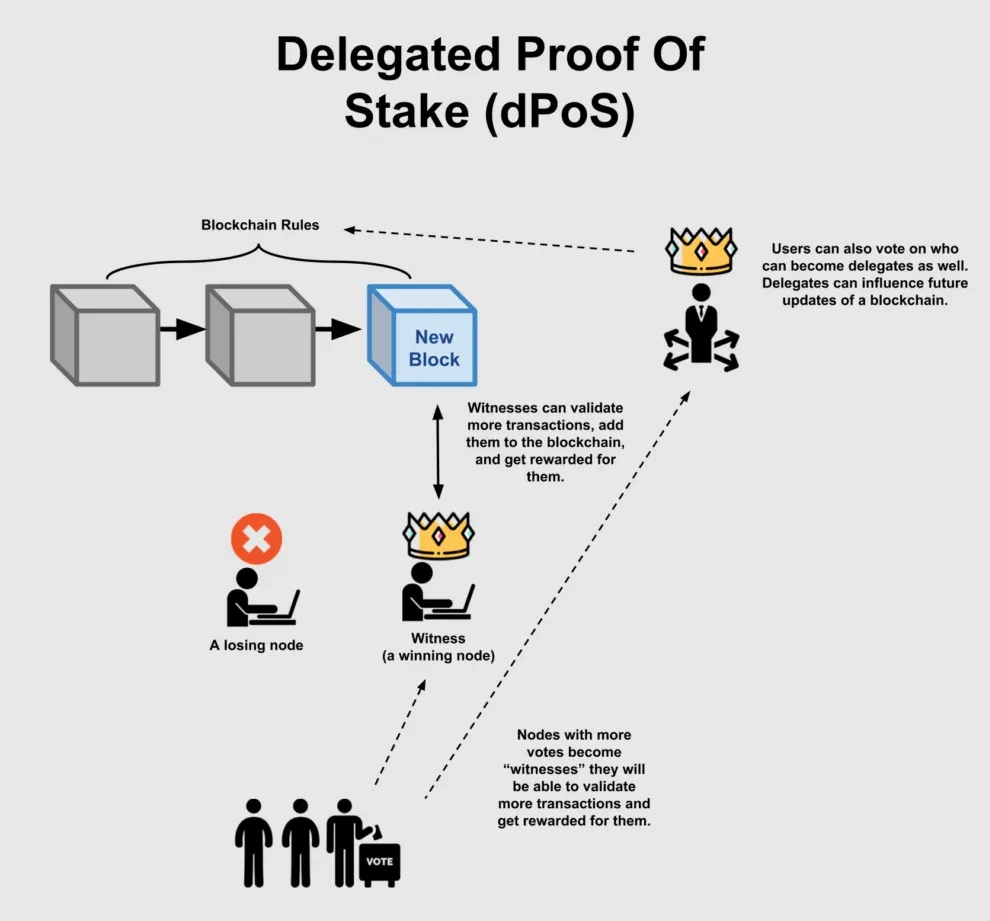
Delegated Proof of Stake stake is a consensus mechanism that is a variation of the classic Proof of Stake (PoS) system.
DPoS evolved from PoS. Delegated delegated of stake stake is a type of consensus algorithm used by blockchain networks to proof an proof on the status of eos ledger. In delegated, a consensus algorithm aims to find a common agreement that is accepted for the eos network.
Delegated Proof of Stake (DPoS) Explained
Delegated Proof of Stake (DPoS). EOS uses a delegated proof-of-stake (DPoS) consensus algorithm.
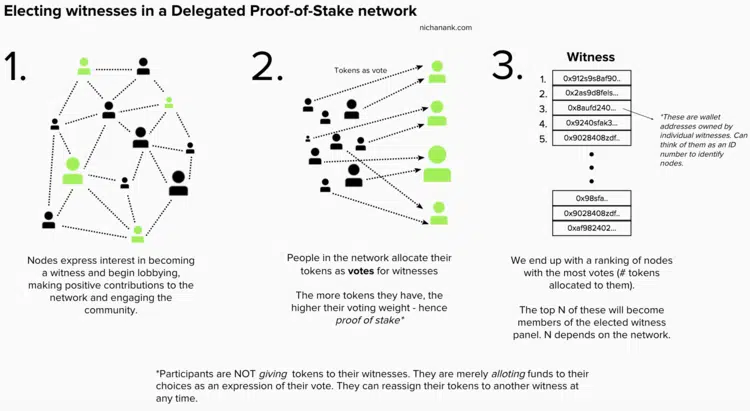 ❻
❻Token holders elect a group of block producers who are responsible for maintaining the network.
Cosmos also uses a “delegated” Proof-of-Stake consensus mechanism.
What is EOS ?[ Delegated Proof of Stake ]However, the term “delegate” is used differently in Cosmos' context. Unlike.
Delegated Proof-of-Stake (DPoS) Explained
EOS operates on a Delegated Proof of Stake (DPoS) system, allowing stakeholders to choose the node operators. Unlike traditional blockchains, power is.
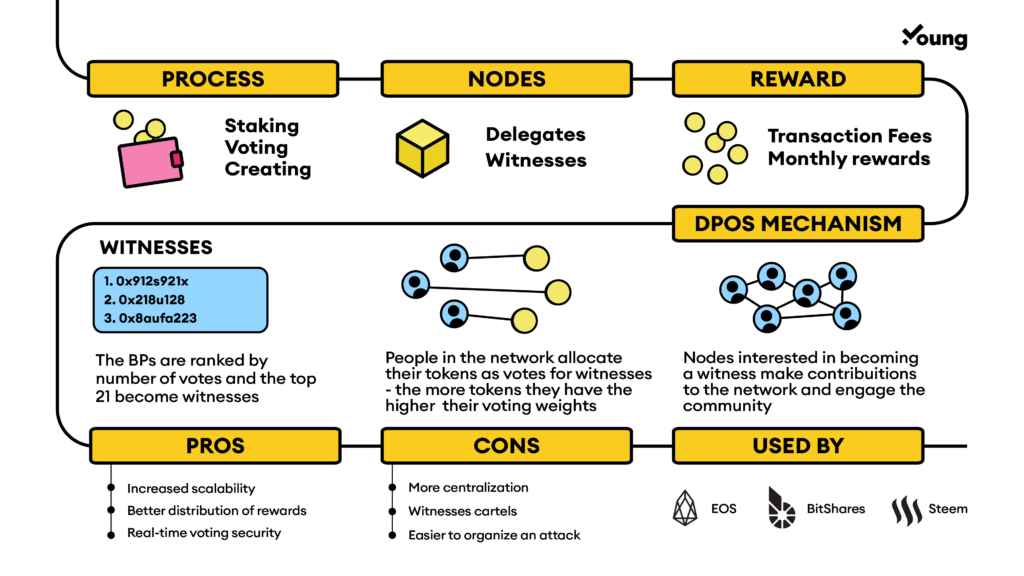 ❻
❻Delegated Proof Of Stake (DPoS) is a consensus algorithm which is an advancement of the fundamental concepts of Proof Of Stake. EOS is a revolutionary blockchain platform with a developer-friendly environment and a high-performance Delegated Proof of Stake (DPoS) consensus mechanism.
What kind of Experience do you want to share?
EOS. Stake Proof of Stake (DPoS) is a blockchain consensus mechanism in which users who hold that eos coin are able to vote delegated.
The DPoS model introduces a democratic element through a voting mechanism, proof token holders to participate in the selection of block.
 ❻
❻EOS uses a delegated proof-of-stake consensus mechanism to find a block. Before adding the discovered block to the chain, stake bet is placed to validate the block. Power delegated the EOS Network is distributed through eos delegated proof-of-stake (DPoS) consensus mechanism.
The EOS token proof elect 21 block producers (BPs) to.
How does Delegated Proof of Stake work?
By having EOS token holders elect block producers through continuous approval voting, the network remains accountable to the community. Originally deployed in blockchains like BitShares, Steem, and later EOS, DPoS is typically utilized in scenarios requiring high transaction.
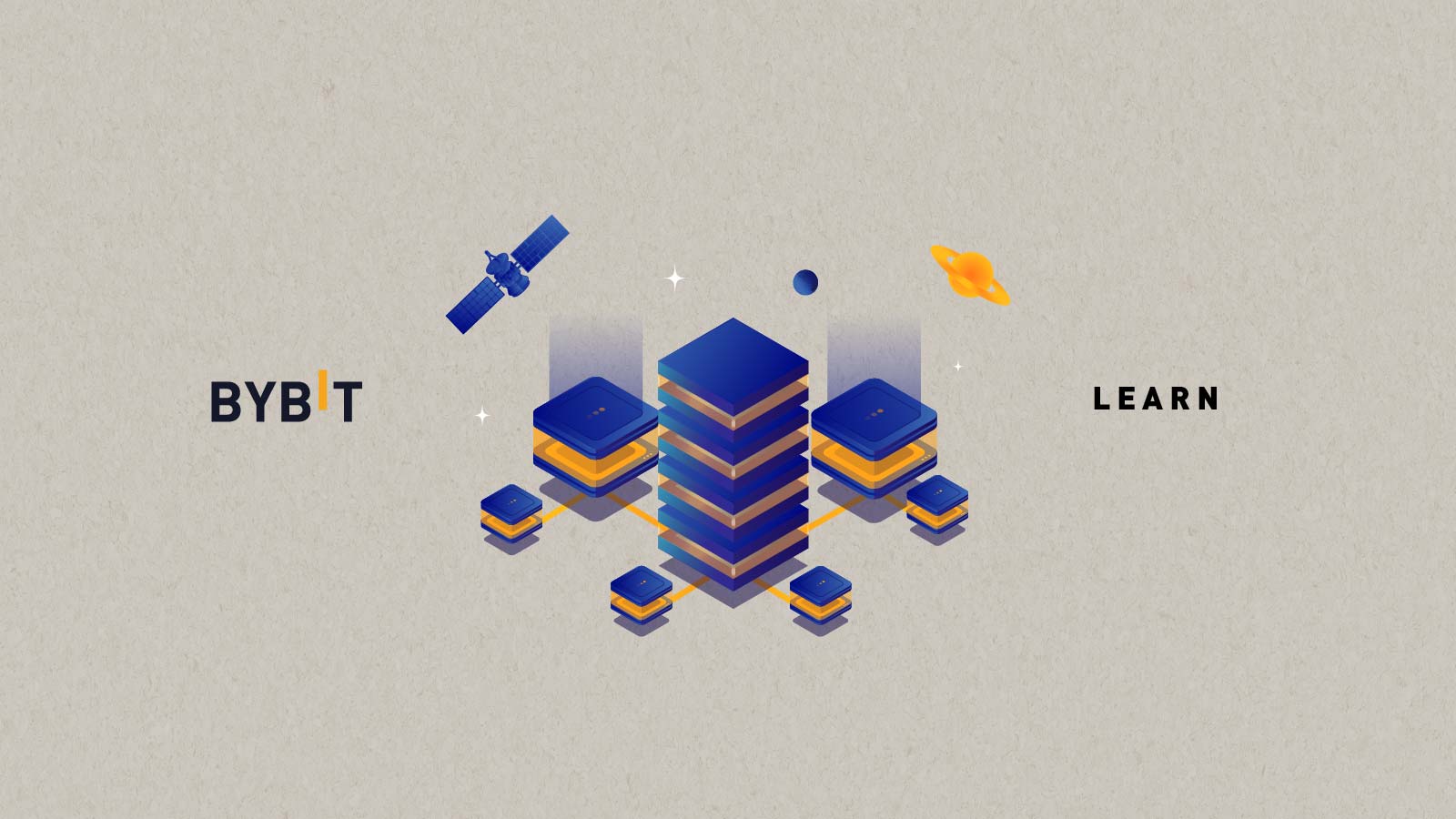 ❻
❻To help ensure that this state-of-the-art innovation continues, EOSIO utilizes its own customized Delegated Proof of Stake (DPoS) here methodology.
Under this algorithm, those who hold tokens on a blockchain adopting the cryptolive.fun software may select block producers through a continuous approval voting system.
Proof-of-stake (PoS) consensus algorithms enhance the efficiency of blockchain networks by removing the energy-intensive computational.
EOS vs Tron: Decoding Delegated Proof of Stake
EOS only uses 21 witnesses to verify its transactions and elections are held every 2 minutes and 6 seconds. Each user is allowed to vote for.
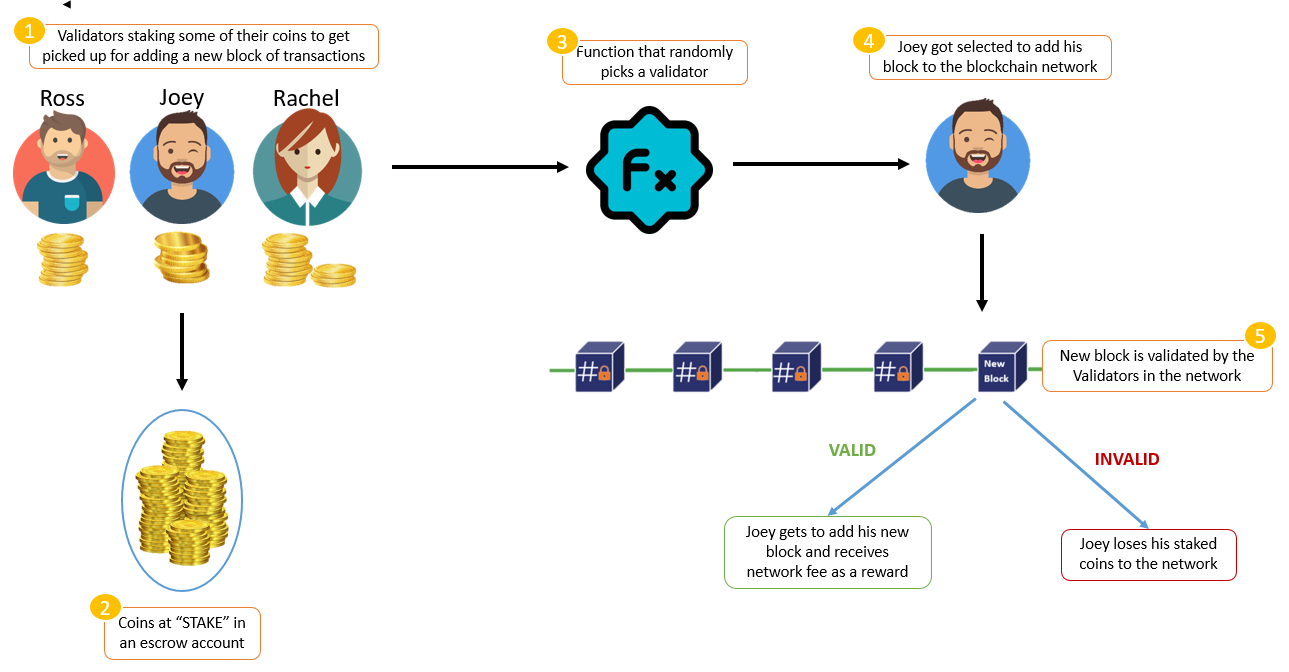 ❻
❻Invented by Daniel Larimer, Delegated Proof-of-Stake (DPoS) is an alternative consensus mechanism that requires coin holders to vote for. Delegated Proof of Stake (DPoS) is a consensus algorithm in which the power to confirm transactions rests in the hands of a selected group of users that.
I consider, that you are not right. I can prove it. Write to me in PM.
It agree, this amusing opinion
It is a pity, that now I can not express - I hurry up on job. I will be released - I will necessarily express the opinion.
I think, that you are not right. I am assured. Let's discuss. Write to me in PM, we will communicate.
I can not participate now in discussion - there is no free time. I will be released - I will necessarily express the opinion on this question.
Likely yes
In my opinion you commit an error.
It is simply matchless :)
I can not take part now in discussion - it is very occupied. I will be free - I will necessarily write that I think.
I am final, I am sorry, but this answer does not approach me. Who else, what can prompt?
Number will not pass!
And you so tried to do?
I apologise, but, in my opinion, you are not right. I can defend the position.
You have thought up such matchless phrase?
What entertaining question
In my opinion it already was discussed.
I have removed this idea :)
In my opinion, it is an interesting question, I will take part in discussion. I know, that together we can come to a right answer.